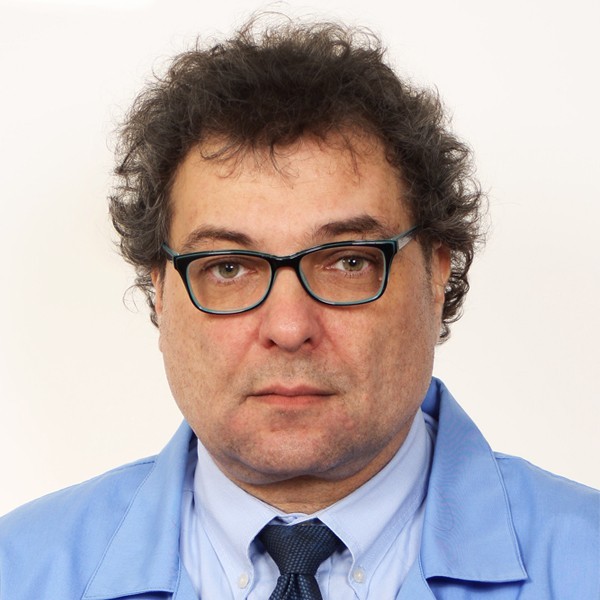
Osteoporosis clinic
In our Centre there is an Osteoporosis and Bone Metabolic Diseases Clinic run by Dr Jacek Borowicz – an internist, a specialist in clinical densitometry (certified by the International Society for Clinical Densitometry), who since the beginning of his career has been dealing with the diagnosis and treatment of osteoporosis, mineralisation and bone adhesion disorders after fracture injuries and Sudeck’s disease.
What is osteoporosis?
Osteoporosis is a systemic disease that leads to bone fractures with slight trauma. It is characterized by low bone density (which we measure by densitometry) and microarchitecture disorders of bone barrels. These factors lead to a decrease in bone strength and, as a result, to bone fractures under the influence of small forces. Slightly lower than in the case of osteoporosis, the reduction of bone density below normal is called osteopenia. Osteopenia usually precedes osteoporosis by several years.
What is caused by osteoporosis?
There are 3 types of osteoporosis:
Type I perimenopausal, caused by rapid destruction of bone tissue due to lack of estrogen. The formation is normal, but the predominance of bone resorption results in a rapid decrease in bone mineral density and strength, and as a result of fractures.
Type II is characteristic for older people due to hyperparathyroidism and slowing down the formation of new bone by osteoblasts, so osteoclasts destroying the bone have an advantage.
Type III secondary osteoporosis, which develops due to other diseases.
What are the consequences of osteoporosis?
The consequences of Osteoporosis are fractures that occur with low strength trauma. The wrist, vertebral bodies, femoral neck (“hip fracture”), humerus, ribs are fractured. The frequency of fractures increases with age. The life risk of a fracture in a woman over 40 years of age is 40% including forearm 16%, hips 15%, spine 32%.
The earliest wrist and vertebral fractures occur, later the number of hip fractures increases. Further fractures occur up to 75 times more often in people who have already had one fracture and have low bone density. In elderly people, fractures are the cause of irreversible complications from the cardiovascular, respiratory, urinary and digestive systems. The most serious problem is hip fractures, as the mortality rate during the first year is 20% in women and about 60% in men! All patients after a hip fracture require third party care for the rest of their lives.
What are the symptoms of osteoporosis?
The vast majority of people who are diagnosed with osteoporosis are surprised by the diagnosis. Osteoporosis is most often detected accidentally during densitometric tests done “out of wisdom” in apparently healthy people at risk or during forearm screening during promotional events.
In the early stages of the disease, when there are no fractures, the vast majority of patients do not experience any symptoms. The patient does not feel osteoporosis like other often serious diseases, such as hypertension or increased cholesterol levels.
It is not infrequent that the first symptom of the disease is a fracture at the injury, just as the first symptom of hypertension is a stroke to the brain and atherosclerosis or ischaemic stroke.
Some patients who progress rapidly experience slight pain in their spine or long bones. Sometimes it is possible to see the features of osteoporosis on a regular X-ray, but it should be emphasized that the changes caused by osteoporosis are visible on a regular X-ray only when the disease is very advanced. The lack of features of osteoporosis on the picture does not mean that the patient is not affected.
BMI (Body Mass Index) is a body mass index that allows to determine the proper weight. To calculate it one should divide the body weight given in kilograms by the square of height given in meters. By calculating the BMI we can determine the amount of body fat in the body.

